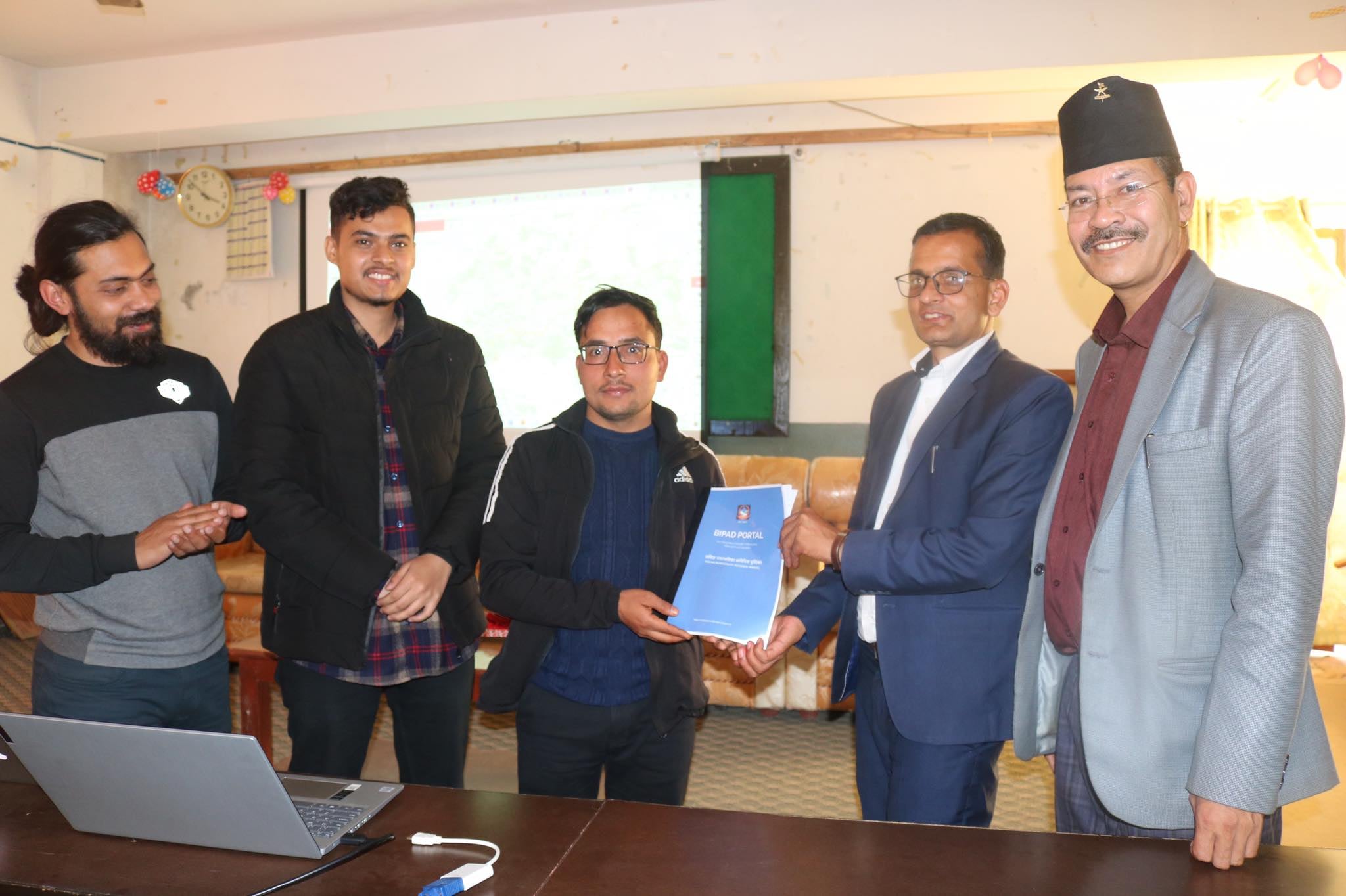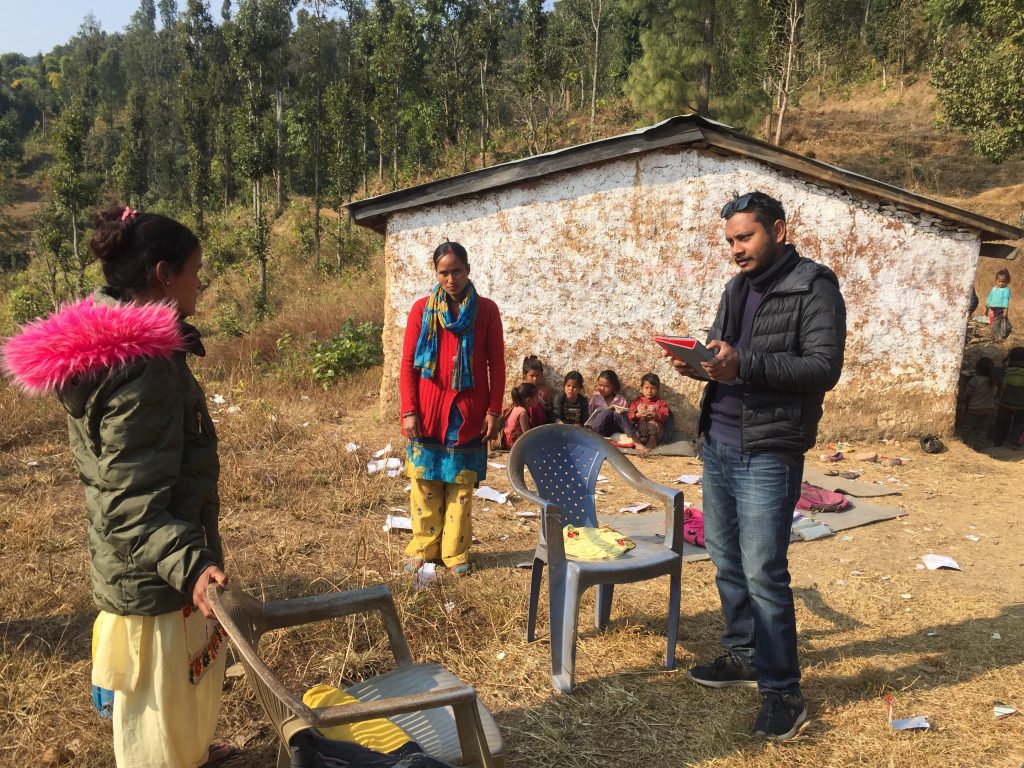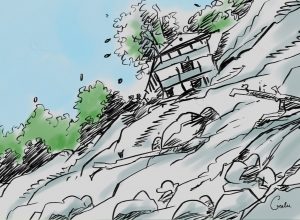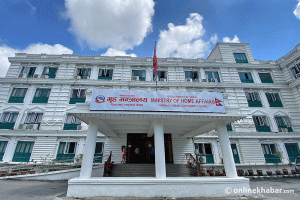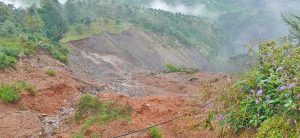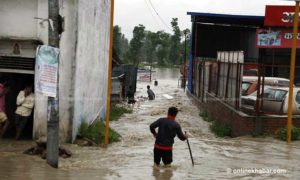If there was one thing that troubled Anil Basnet, a native of Tulsipur sub-metropolitan city in Dang, since he studied geomatics engineering, it was a huge data gap about disaster risk reduction management in his locality. But, Basnet says what used to upset him more was that the local government had not taken any effective efforts in bridging the gap.
Therefore, he wanted to draw their attention to the need for a better disaster risk reduction plan at the local government, but it was not easy. “They did not know anything about it,” he laments. “Neither did they had any reliable data.”
However, in October 2020, he found a solution. He learned about a fellowship programme that would help him not only connect with local officials but also strongly engage in the DRR planning process on his own.
Basnet is one among 14 young people who participated in the Disaster Risk Reduction-Young Leaders Fellowship (DRR-YLF) programme hosted by Youth Innovation Lab (YI-Lab) with the support from USAID’s Tayar Nepal project.
With the fellowship, the fellows say they helped 14 local governments across Nepal localise the centrally-available data management portal, BIPAD, so that they would be able to use the knowledge for better preparedness. In the meantime, the organisers hope for its expansion across the country.
Efforts to collect data
Throughout the fellowship, Basnet says he played an active role in sensitising the officials about the need for data for disaster preparedness and response.
Likewise, Mohammad Aasif Ali, a mechanical engineer who worked with the Biratnagar metropolitan city, says he helped the local government compile and manage data that were scattered and mismanaged.
“The data were scattered in different departments and organisations; they were not interlinked about which those entities were not aware,” Ali says, “As the capital of Province 1, there are many entities and organisations here. They have their own database. Therefore, I collected the data from such organisations and compiled them.”
Ali says he collected the dataset about the airport from the Civil Aviation Authority of Nepal, data about health and education from the health and education departments respectively. Likewise, the dataset of the hotels and the industries was taken from their respective associations in the city.
But, many other participants of the fellowship (October 2020-February 2021) had to collect the data on their own, according to Pradip Khatiwada, the executive director of Youth Innovation Lab (YI-Lab) that facilitated the fellowship.
For example, Sawan Chaudhary says he had to struggle a lot to convince the officials of the Jaleshwar municipality about the importance of data.
He says, “They wouldn’t care about me and my work initially as they had their own works. However, gradually, when I made them understand its significance, they understood and coordinated very well.”
While searching for the dataset in the municipality, it was found that there were no data in the record of the municipality although the municipality was very old. Therefore, he says that he collected the data of education from the education department. He also had to collect some firsthand data.
There were many who faced the problem. Shiva Prasad Chaudhari, the mayor of Rajapur municipality in Bardiya, accepts, “The status of dataset in our municipality was very weak before this programme. However, it has drastically changed as of now, thanks to the DRR fellow and the programme.”
But, what’s the need?
Khatiwada says the data collected by the fellows will help local governments in making informed planning for disaster risk reduction and management.
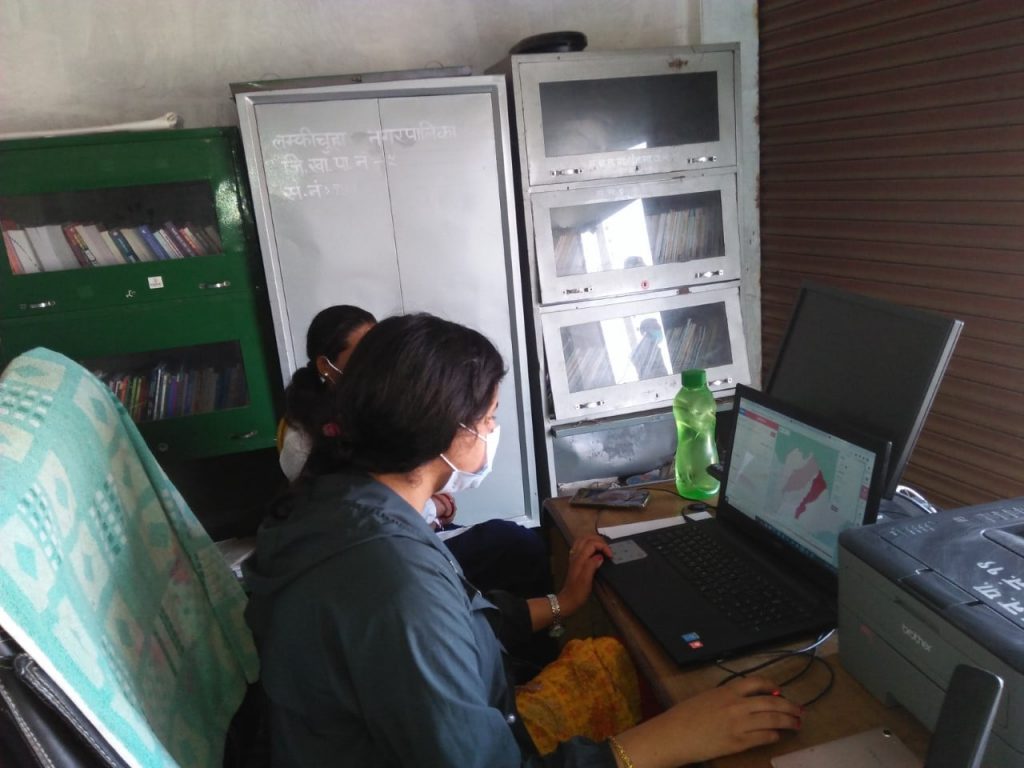
The programme was envisioned in order to aid the Government of Nepal’s plan in localisation of the Building Information Platform Against Disaster (BIPAD) portal, an integrated disaster information management system (DIMS), informs Khatiwada.
All DRR fellows from all the 14 municipalities collected data of 14 different critical infrastructures that include 1,099 educational institutions, 377 health facilities, 537 banking and financial institutions, 524 governance institutions, 398 tourism, 660 culture, 263 industries, 195 communications institutions, 57 transportation facilities, 313 bridge, five energy station, one waterway, three airways, and 308 water supply infrastructures and integrated into the BIPAD portal, Khathiwada informs.
As the BIPAD portal stores all the relevant disaster data that can be used in the preparedness and response plan for disaster management, localisation of this portal is very crucial, opines Milan Hadkhale, a civil engineer, who worked as a DRR fellow at Vyas municipality.
He adds, “Data integration and data access are further made easy with its localisation. With the bottom-top approach of data collection, the information collected and stored on BIPAD presents a ground reality of the local bodies in disaster risk, preparedness and capacity and resources mapping.”
Corroborating Hadkhale’s statement, another fellow at Neelakantha municipality, Binita Shahi stresses the importance of localising this portal. Adding to this, Basnet says localisation of the BIPAD portal is very necessary for disaster preparedness and resilience.
Impacts and sustainability
As the fellows completed their work, all the 14 local governments launched their municipal BIPAD portals by creating sub-domains. Likewise, the local units have a standard operating procedure to run and host the very portal.
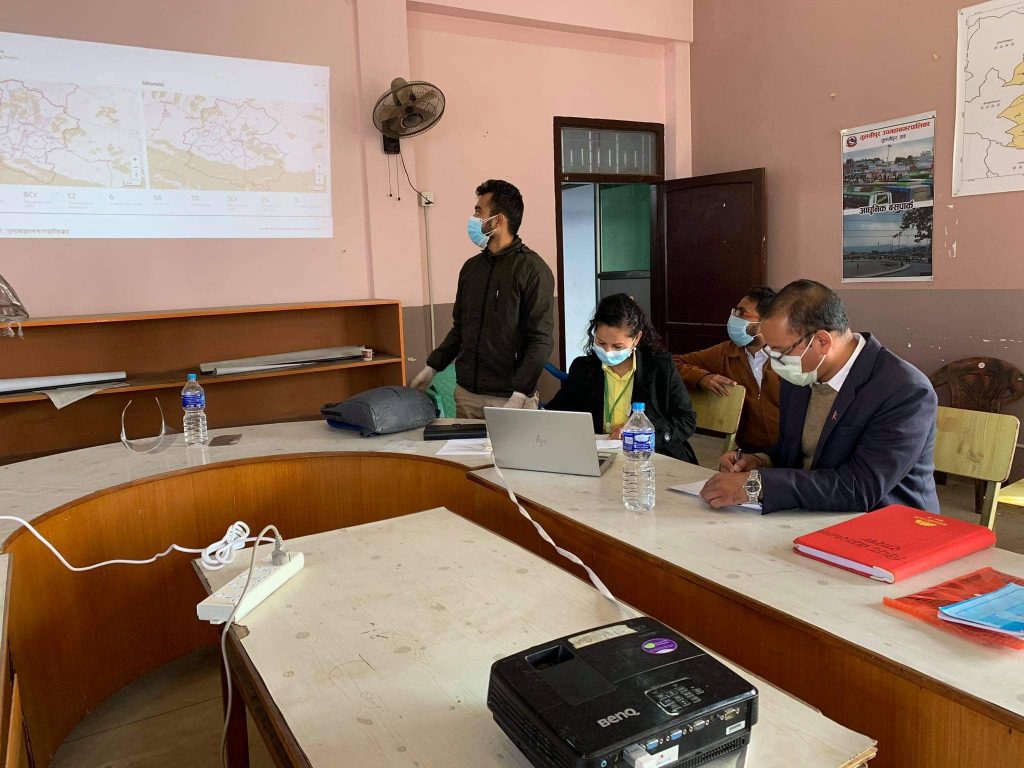
Of the 14 municipalities, Rajapur (Bardiya), Dullu (Dailekh), Vyas (Tanahun), Damak (Jhapa), and Waling (Syangja) municipalities have already endorsed the procedure, according to Khatiwada.
Khatiwada is confident that these local governments can now utilise the integrated local disaster data to enhance planning, preparedness, risk communication, response, and decision making in the long-run.
“Some municipalities have already hired a separate DRR professional to give continuity to this work,” shares Khatiwada.
For example, Dilip Pratap Khand, the mayor of Waling municipality in Syangja, informs, “The localisation of Bipad portal has been very useful for us.”
He says, “Using the data of this portal, we are analysing the settlement area, possible areas of hazards, industrial area, and a lot more. As of now, this portal is handled by an IT officer of the municipality and we are in the process of hiring a DRR person soon.”
Nonetheless, many impacts on the municipal governments are of long-term nature and not clearly visible as of now, according to him.
At the personal level, the fellows have garnered many opportunities. Roshan Thakur, a fellow in Damak municipality, says he got an opportunity as an IT officer in a different municipality in Jhapa. Likewise, Shahi is also offered a contract by the Changunarayan municipality in order to localise the BIPAD portal. As per Khatiwada, Yl- Lab has also hired two of the fellows to work for the long term.
“We will continuously provide technical support to all these 14 local governments for some time. And, we are also planning to expand this project in all the 753 local governments of the country,” he says.



